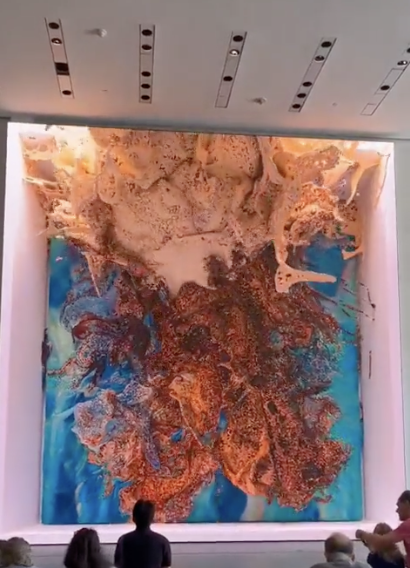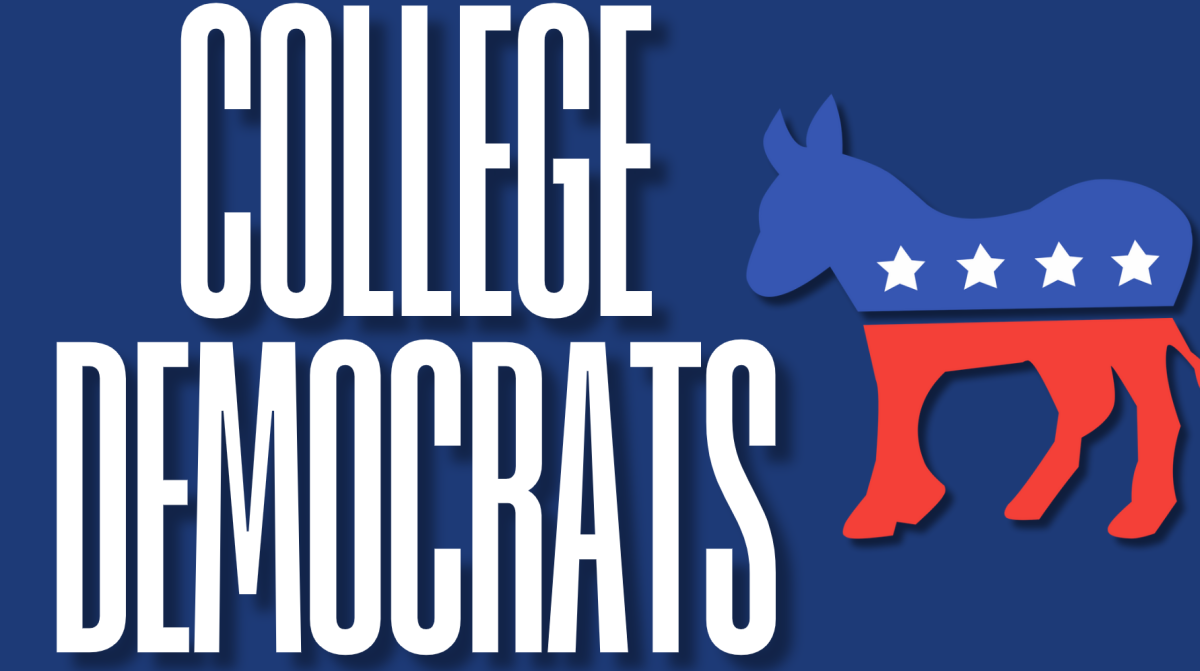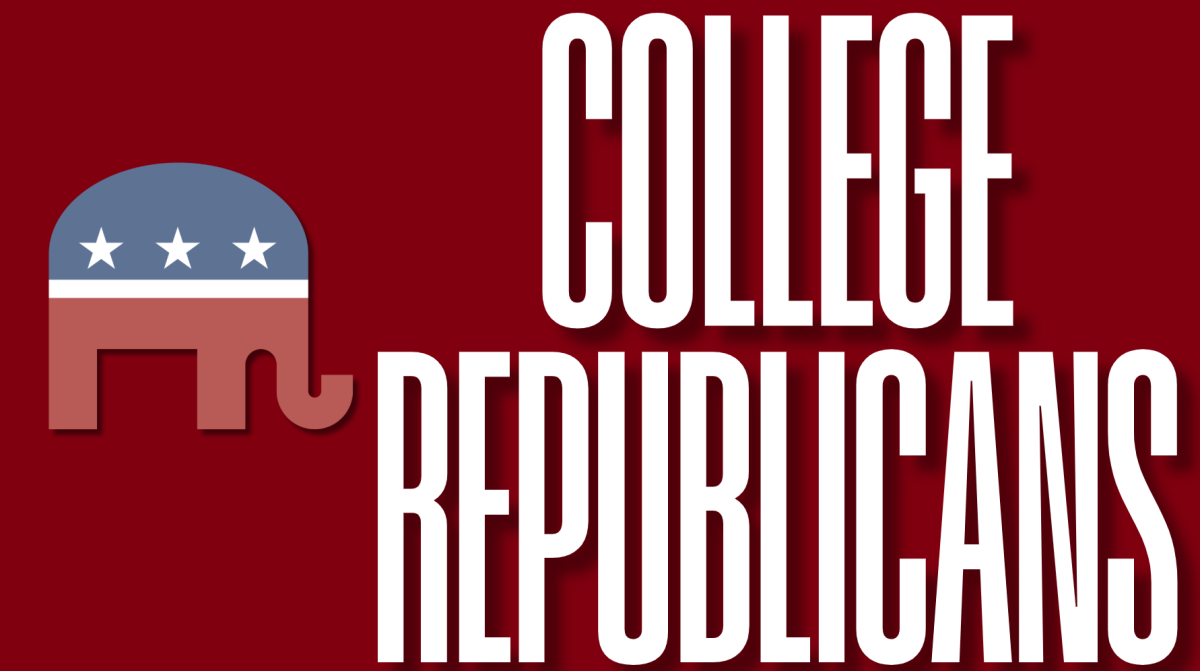Amid the chaos caused by ChatGPT’s release in late 2022, the discourse about artificial intelligence’s (AI) influence on creativity has heightened astronomically, especially since Refik Anadol’s exhibit in the Museum of Modern Art (MoMA) titled “Unsupervised” in his Machine Hallucinations series was unveiled. In the exhibit, he uses AI to bridge the gap between memories and the future. Garnering over 100,000 pieces of metadata from MoMA’s archives, it displays a hallucinogenic, surrealist motion through the pieces on a large LED screen. The display dreamily flows through this collection of the MoMA’s artwork, but critically acclaimed art commentators called this piece merely “a screensaver” or “a massive techno lava lamp.” However, I firmly believe that Anadol’s “Unsupervised” transcends these reductive labels and stands as a pioneering piece of artwork deserving recognition. Let’s be clear: my support for this work stems not from blindly accepting AI-generated art, but from a nuanced understanding of its potential and its execution in Anadol’s hands.
Firstly, artwork as a solitary endeavor needs to be updated. Technology is a part of our daily lives now. It has been for at least the past 20 years. So, in the art world, we must accept technology as a driving force of innovation, which is an essential element in producing transformative artwork. Artists seek inspiration in all places, from graffiti on the side of a truck to the angle and lighting of an Instagram post. The art world sometimes gets stuck in its ivory tower, clinging to traditional methods. This is in spite of the fact that art thrives on evolution, on embracing new tools and perspectives. Just like how artists once incorporated new paints and printing techniques, Anadol uses AI as a brush, pushing the boundaries of expression. Is it a threat to traditional art? Absolutely not. It’s simply another voice in the ever-growing conversation. And it’s honestly a thrilling conversation to have. Just as artists find inspiration in diverse sources, Anadol utilizes technology to reinterpret existing art, adding a new layer to an ongoing conversation. Consider the countless reinterpretations of the Mona Lisa, from playful pastiches to digital manipulations. Are these exploitative? Or do they contribute to the ever-evolving nature of art? On a larger scale, what does it mean to be creative in a world shaped by algorithms?
A real visionary, like Anadol, propels artistic expression forward. The idea behind Anadol’s work was not to exploit these pieces of art but to use them to convey a particular message. The true essence of art here does not lie in the 180,000 media used but in the emotional resonance it invokes and the conversations it ignites. A combination of neural networks can interpret artwork in the same way that a regular human can. But it also shows that AI cannot see artwork and its progression in the same way. I mean, it is still just a machine at the end of the day. However, it invites viewers to see this artwork in a different light. Giving a machine-learning model a dataset of artwork, the output is something dreamy and beautiful and synthesizes these pieces ranging from hundreds of years in ways that maybe the human brain wouldn’t think to do.
The line between the physical and digital world gets more fuzzy each day, and arguably, art is one of the only aspects of life that cannot be reinvented through artificial intelligence. Arguably, it takes sentience for creativity. Nevertheless, Anadol is sentient. And his work reflects his ideologies. It exhibits what the sentience of a machine could potentially look like. “Unsupervised” is not solely the work of AI alone. It is a dreamy landscape imagined by AI. It is the digitalization of sentience in the eyes of a computerized being. It is a commentary on the closing gap between computers and humans. It is quite literally the lens through which the world as we know it should be viewed to gain a complete and cohesive understanding of the future of machines.
Anadol’s work has been viewed by critics as a tacky exhibit with little to no artistic value, some even going so far as to say it’s a shame to the pieces that are labeled as art. However, the nature of art is inherently iterative. Drawing sources of inspiration from predecessors, many world-renowned pieces of artwork have Easter eggs inspired by art in different eras before them. Whether it is conscious or unconscious, viewing Anadol as just an exploitative programmer completely diminishes his talent and many talented artists before him.
As the art world grapples with the changing landscape of creativity and technology, the evolution of AI stands as a talking point in this discourse. The tasteful exhibit from Anadol serves as a poignant reminder of AI’s relevance and its importance in being at the forefront of all aspects of life. It’s a call to embrace the future, to acknowledge the potential of AI as a tool for artistic expression, and to keep the dialogue about art open and evolving. The real problems arise from the denial of AI and its potential benefits to our everyday lives. Anadol’s pioneering work challenges these traditional notions of ownership, artistic value, and technology as a villain. It’s time to acknowledge the artistic merit of “Unsupervised” and engage in a productive dialogue about AI’s role in shaping the future of art. By doing so, we can ensure that creativity continues to thrive and inspire in a world that is constantly changing.
Flora Dedvukah, FCLC’25, is a computer science and mathematics major from Saddle River, N.J.










































































































































































































